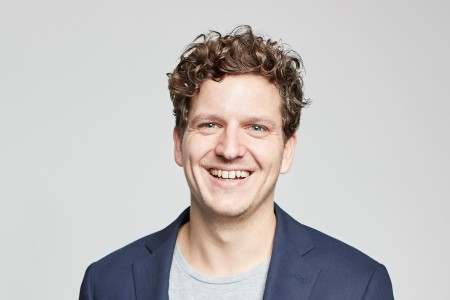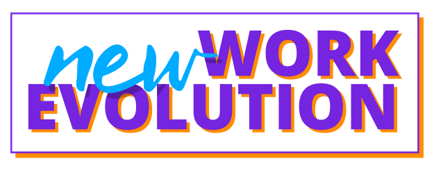"More New Work = Fewer Change Projects"
What makes a company successful in New Work? What are the concerns, the benefits? Management consultant, author and lecturer Lysander Weiß is our keynote speaker in the topic "New Work Culture" and has answered a few questions for us in advance.

NWE: In what way corporate culture and New Work are connected with each other?
Lysander Weiß: Culture includes all aspects that currently make up the working environment in a company. New Work, on the other hand, deals with the question: What changes are currently taking place in the world of work and which of them do I want to use as a company? This may then have an influence on my culture. So you could say that the corporate culture is possibly being changed by New Work. Whereby the corporate culture is of course only one aspect of the changing work environment.
NWE: What does this mean in practical terms for the introduction of New Work?
Lysander Weiß: The initial question my co-authors and I ask in the NewWorkPlaybook is: How can I create an optimal working environment? What we know is this: An optimal work environment ensures that the most satisfied employees possible can develop their potential as well as possible, which gives the company the best possible productivity - in other words, a real win-win situation. The best way to achieve this is to first look at where the company currently stands in terms of employee needs. Based on research results, we have defined seven dimensions that serve as a guide - for example, leadership culture, cooperation with others, one's own working patterns. In each dimension, we have developed questions that help to carry out and define a target-performance comparison: How much New Work do we really need? This is a great way to identify possible gaps in action and to know specifically which adjustments need to be made in order to increase employee satisfaction and thus productivity.
NWE: Are there often concerns from the management before such a step?
Lysander Weiß: The good thing is that both the goal and the current status are determined individually. We do not prescribe what the optimal environment should look like. It hardly ever happens that the conditions in a company and the needs of the employees differ completely in all dimensions. Nevertheless, management must of course be fundamentally open to such a process - or it is forced to open up to it, for example, due to a shortage of skilled workers.
NWE: Which common myths regarding New Work do you repeatedly face in everyday practice?
Lysander Weiß: One myth is that you can transform to New Work once and the process is finished. But if you define New Work the way we do, it is not done with one change. Things have to be reviewed and adapted again and again. Of course, for many people this implies the fear: "Once I start, there's no end to it." But we can easily refute that, because there are always very specific points that can be worked on concretely in order to get into a continuous optimisation process, which does not always trigger a huge change process. A huge change is usually necessary precisely when there has been no change at all for a long time. Continuous renewal of the working environment is therefore also advantageous in this respect.


